Most paprika is NOT hot - it's primarily used for color and mild flavor. However, hot paprika varieties do exist and can range from mildly to moderately spicy (500-10,000 Scoville units). The heat level depends entirely on the pepper variety used and how it's processed. If you've ever wondered whether that red powder in your spice rack will burn your tongue, this definitive guide delivers immediate clarity on paprika heat levels, regional varieties, and practical usage tips for home cooks.
Table of Contents
- What Is Paprika and Why Heat Levels Vary
- Paprika Varieties Compared: Sweet vs Smoked vs Hot
- Paprika Heat Scale: How Spicy Is Paprika Really?
- How to Use Paprika Correctly Based on Heat Level
- Storage Tips to Maintain Paprika Flavor
- Paprika vs Cayenne vs Chili Powder: Key Differences
- Paprika Facts That Explain Heat Variations
- Frequently Asked Questions About Paprika Heat
- Final Verdict: Is Paprika Hot?
What Is Paprika and Why Heat Levels Vary
Paprika is a ground spice made from dried peppers (Capsicum annuum family), but its heat level varies dramatically based on pepper selection and processing. Unlike cayenne which is consistently hot, paprika spans from completely mild to moderately spicy depending on three key factors:
- Pepper variety used: Sweet paprika comes from thick-walled, mild peppers; hot paprika uses thinner-walled, spicier varieties
- Processing method: Hot paprika often includes more seeds and membranes (where capsaicin concentrates)
- Regional traditions: Hungarian paprika emphasizes sweetness while Spanish pimentón focuses on smokiness
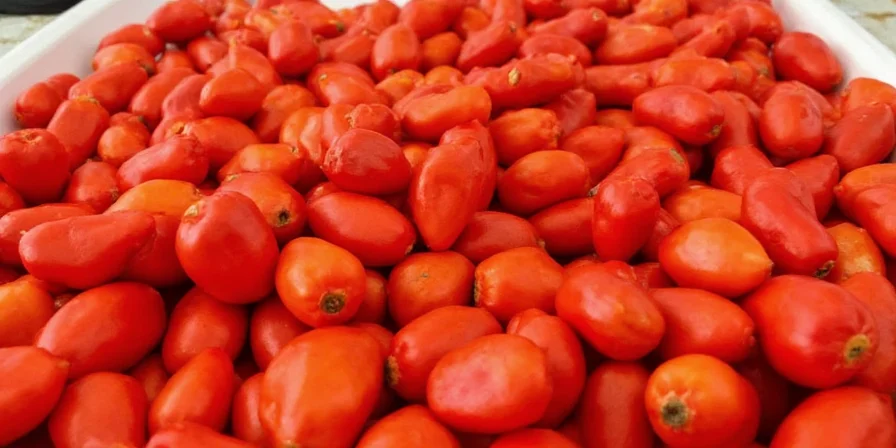
This explains why two jars labeled "paprika" can produce wildly different results in your cooking - a crucial detail many home cooks miss when substituting spices.
Paprika Varieties Compared: Sweet vs Smoked vs Hot
Understanding these three main paprika types prevents recipe disasters:
- Sweet Paprika: Made from mild, sweet peppers with seeds/membranes removed. Adds vibrant color with zero heat (0-500 Scoville units). Essential for Hungarian goulash authenticity.
- Smoked Paprika (Pimentón): Spanish variety dried over oak fires. Comes in sweet (dulce) and hot (picante) versions. The smoking process enhances flavor complexity without necessarily adding heat.
- Hot Paprika: Contains more pepper seeds/membranes. Labeled as "cayenne" or "sharp" in some regions. Delivers noticeable warmth (500-10,000 Scoville units) but still milder than pure cayenne.
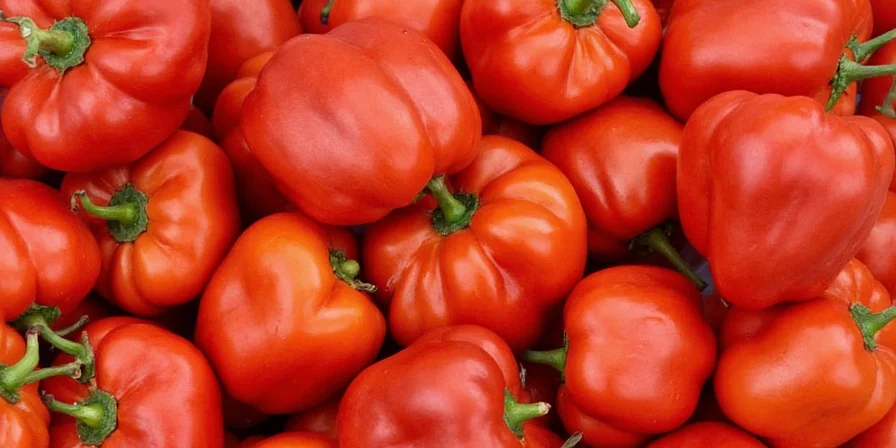
Regional differences matter more than you think: Hungarian sweet paprika (like Édesnemes) has distinct fruity notes compared to Spanish sweet paprika (Pimentón Dulce), though both register 0 Scoville units. This terroir effect explains why substituting one for the other changes dish flavor beyond just heat level.
Paprika Heat Scale: How Spicy Is Paprika Really?
Here's exactly where paprika falls on the Scoville scale compared to other common spices:
| Spice | Scoville Heat Units | Heat Level Compared to Paprika | When to Use |
|---|---|---|---|
| Sweet Paprika | 0-500 | No heat | Color-sensitive dishes like deviled eggs, potato salad |
| Smoked Paprika (Dulce) | 0-1,000 | No heat | Paella, roasted vegetables, cheese sauces |
| Hot Paprika | 500-10,000 | Mild to moderate warmth | Chili, stews, meat rubs needing subtle heat |
| Cayenne Pepper | 30,000-50,000 | 6-100x hotter than hot paprika | Hot sauces, spicy marinades |
Key insight: Even the hottest paprika is significantly milder than cayenne. If a recipe calls for 1/4 teaspoon cayenne, you'd need 1-2 teaspoons of hot paprika to achieve similar heat - but this would overwhelm other flavors. This substitution mistake causes many cooking failures.
How to Use Paprika Correctly Based on Heat Level
Maximize paprika's potential with these heat-conscious techniques:
- For color without heat: Use sweet paprika in dairy-based sauces (like cheese dip) where heat would clash with creaminess
- For subtle warmth: Add hot paprika early in cooking to mellow its sharpness in stews and braises
- For maximum flavor: Bloom sweet or smoked paprika in oil first to unlock aromatic compounds without burning
- Heat control tip: Mix sweet and hot paprika (e.g., 2:1 ratio) to customize heat while maintaining flavor balance
- Recipe-specific advice: Authentic Hungarian goulash uses only sweet paprika - adding hot paprika makes it inauthentic regardless of personal heat preference
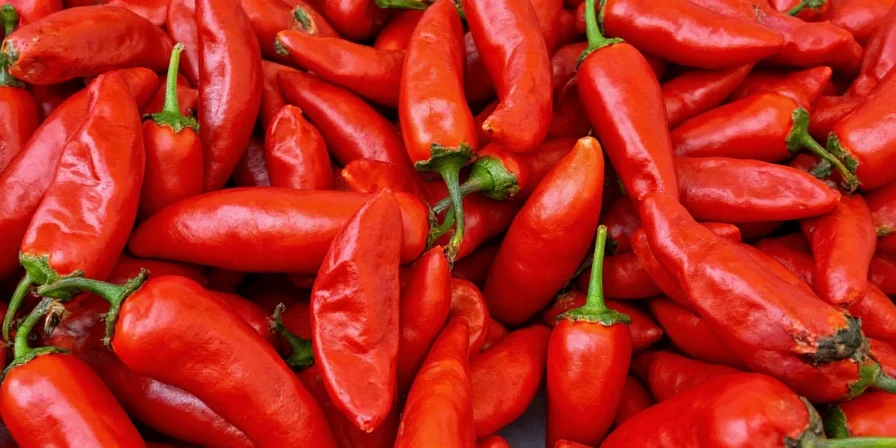
Storage Tips to Maintain Paprika Flavor
Heat degradation happens faster than you think. Preserve paprika's characteristics:
- Light protection: Store in opaque containers - clear jars lose potency 3x faster
- Heat sensitivity: Keep away from stove (ideal storage: below 70°F/21°C)
- Timeline: Sweet paprika lasts 24 months; smoked paprika degrades faster (18 months); hot paprika loses heat fastest (12 months)
- Freezing option: Extend shelf life 50% by storing in freezer (thaw before opening to prevent moisture)
- Heat test: Rub between fingers - if little aroma, it's lost potency even if not expired
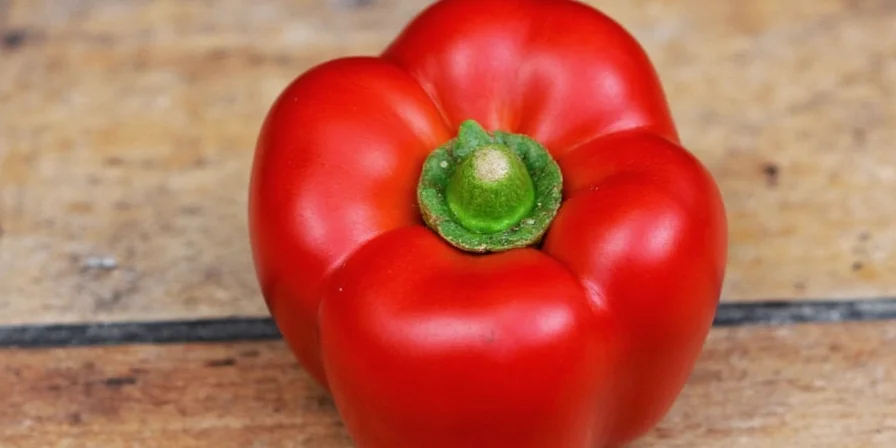
Paprika vs Cayenne vs Chili Powder: Key Differences
Avoid common substitution errors with this visual comparison:
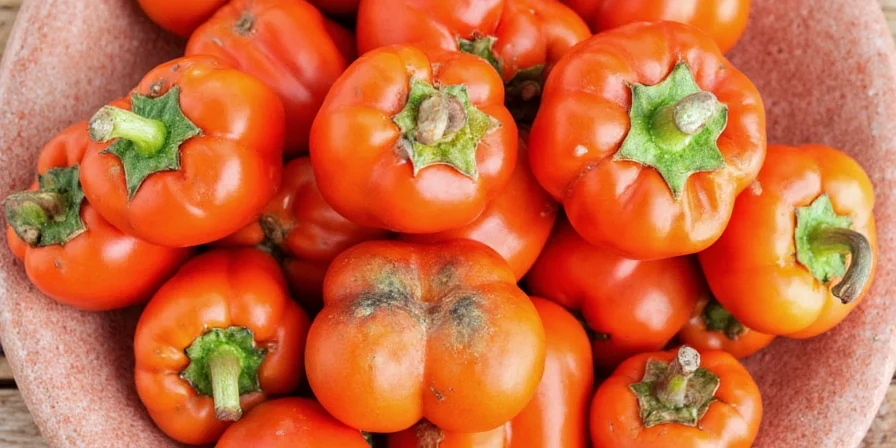
- Paprika vs Cayenne: Paprika is made from milder peppers; cayenne comes exclusively from hot cayenne peppers. Never substitute equal amounts.
- Paprika vs Chili Powder: Chili powder contains paprika plus cumin, garlic, and oregano. Using paprika alone creates completely different flavor profiles.
- Hot paprika vs Ancho Powder: Ancho is always milder (1,000-2,000 SHU) with fruitier notes despite both being "mild" peppers.
Paprika Facts That Explain Heat Variations
- Hungarian law requires sweet paprika to contain zero capsaicin - any detectable heat means it's mislabeled
- Spanish pimentón's smokiness comes from specific oak varieties (holly oak vs beech) that affect flavor more than heat
- The 'hot' label on paprika often indicates inclusion of rocoroco peppers (up to 10,000 SHU) rather than standard paprika peppers
- California paprika tends to be milder than European versions due to different soil conditions
- Paprika's red color comes from carotenoids, not capsaicin - so vibrant color doesn't indicate heat level

Frequently Asked Questions About Paprika Heat
Is paprika spicy enough to replace cayenne?
No - even hot paprika (max 10,000 SHU) is 3-50x milder than cayenne (30,000-50,000 SHU). Use 1.5-2 teaspoons hot paprika to replace 1/4 teaspoon cayenne, but expect significant flavor changes beyond just heat reduction.
Why is my paprika not spicy when the label says 'hot'?
"Hot" is relative - paprika's maximum heat (10,000 SHU) feels mild compared to jalapeños (2,500-8,000 SHU). True spice lovers may find even "hot" paprika disappointingly mild. Check for Spanish "picante" or Hungarian "erős" labels for the spiciest versions.
Can paprika cause burning sensations?
Only hot paprika varieties may cause mild tingling (like black pepper), but never the burning sensation of cayenne. If experiencing significant burning, you likely have cayenne mislabeled as paprika.
Which paprika is hottest: Hungarian or Spanish?
Spanish hot paprika (Pimentón Picante) typically ranges 5,000-10,000 SHU, while Hungarian hot paprika (Erős) is usually 1,500-5,000 SHU. Spanish versions generally deliver more consistent heat.
Does cooking affect paprika's heat level?
Yes - sweet paprika loses flavor but not heat when cooked; hot paprika's heat mellows significantly with prolonged cooking. For noticeable warmth in finished dishes, add hot paprika in the last 10 minutes of cooking.
Final Verdict: Is Paprika Hot?
The definitive answer to "is paprika hot?" is: Most paprika is NOT hot. Sweet and smoked varieties contain zero capsaicin and provide pure color and flavor. Only specifically labeled hot paprika delivers noticeable warmth (500-10,000 Scoville units), which is still significantly milder than cayenne or red pepper flakes.
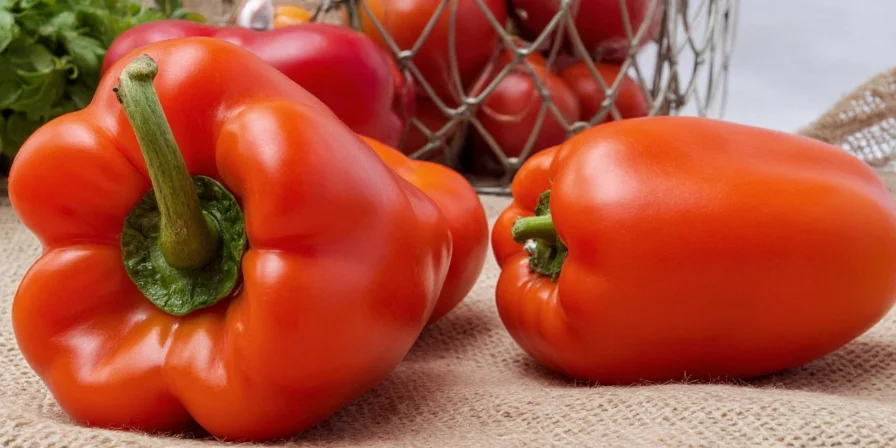
When choosing paprika, ignore the color (all are red) and focus on labeling: "dulce," "sweet," or "mild" means no heat; "picante," "erős," or "hot" indicates mild to moderate warmth. Understanding these distinctions transforms your cooking from guesswork to precision - the difference between authentic Hungarian goulash and a flavor-confused disappointment.
Now you can confidently select the perfect paprika for any recipe, knowing exactly what heat level to expect. No more spice cabinet surprises!

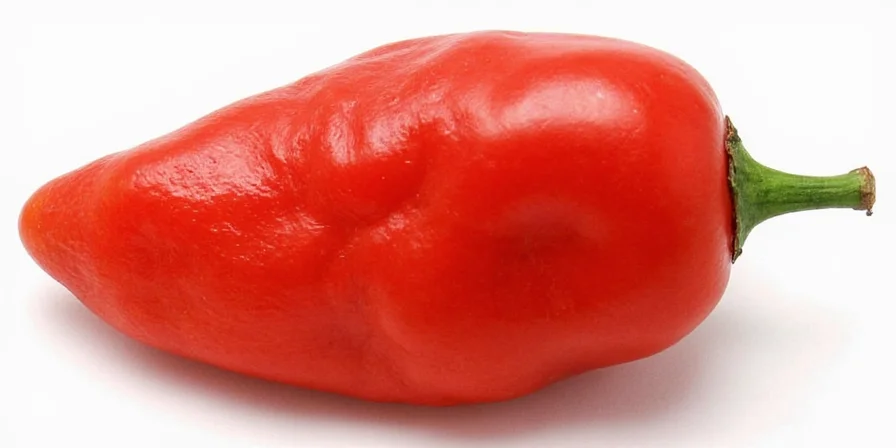









 浙公网安备
33010002000092号
浙公网安备
33010002000092号 浙B2-20120091-4
浙B2-20120091-4